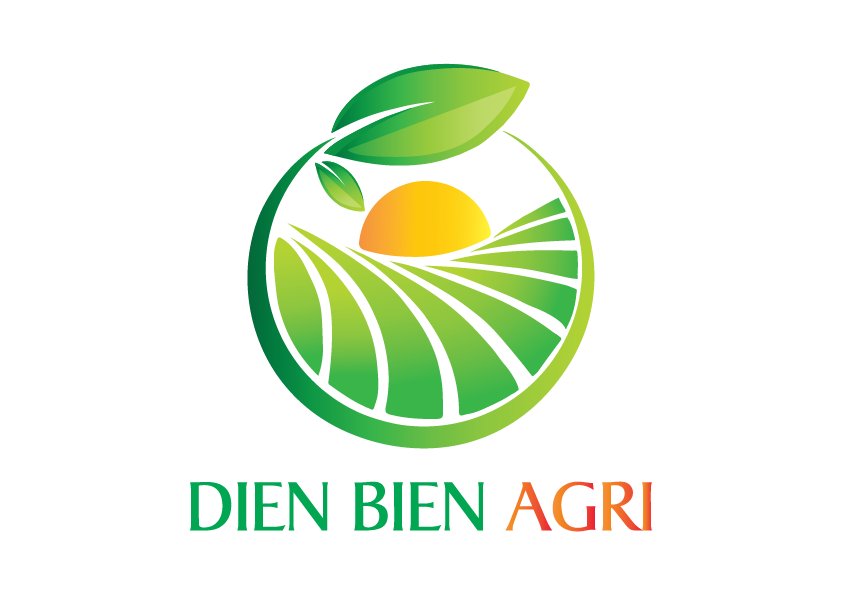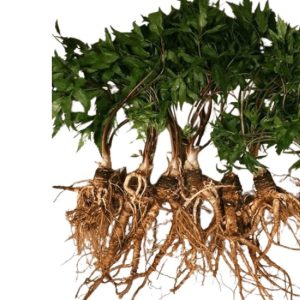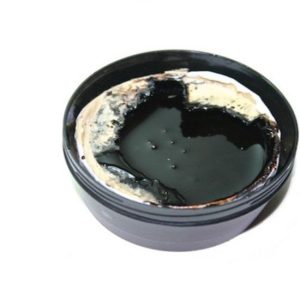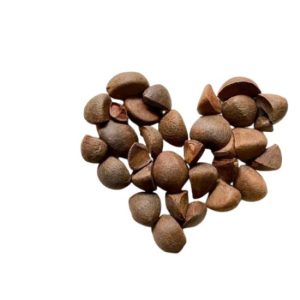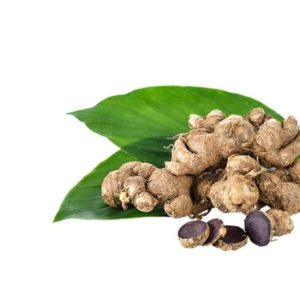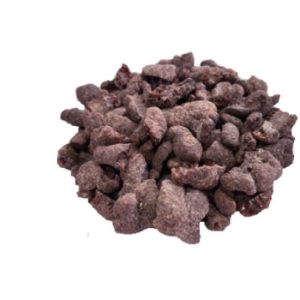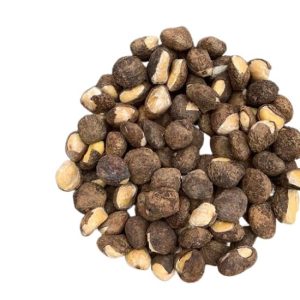Raw Rattan Cane
0 ₫
Raw rattan cane or Manau rattan, is a versatile natural material. In Vietnam, called “song mật.”. It’s known for strength and durability to make furniture
Product Description
- Scientific Name: Calamus platyacanthus Warb.ex Becc
- Origin: Naturally harvested in the Northern and Central regions of Vietnam
- Standard: Stem diameter from 15mm and above, length cut according to customer requirements
- Supply Quantity: 500 tons/year
For international customers, WhatsApp us at: +84.973.447.926.
Plant description
Raw rattan cane is a versatile natural material. It comes from various climbing palms. In Vietnam, one prominent type is “song mật.” This particular variety is highly valued. It’s known for its strength and durability.
Raw rattan cane refers to the unprocessed stem. It comes from different rattan species. These are climbing palms common in tropical regions. Besides “song mật,” other names exist. It’s sometimes called “Malacca cane” or “Manau rattan.” The term “rattan” broadly covers many species. These include Calamus, Daemonorops, and Korthalsia. Each species offers unique characteristics. However, they all share common traits. These include flexibility and toughness.

Uses and Applications
The strong, durable fibers of raw rattan cane make it versatile. It’s used for many purposes. These include making ropes and building rafts. It’s also vital for furniture. Sofas and chairs are common uses. Children’s carts often use it too. This rattan type is popular for export. Its quality is excellent, second only to “song bột” (powder rattan). Its slight pinkish hue requires bleaching. This is done for export products.
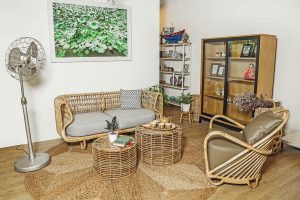
The Morphology of Raw Rattan Cane Plants
Understanding the plant’s structure is key. It helps in harvesting and processing. This plant has distinct underground and aerial parts.
Underground Stem and Roots
Young plants, about one year old, have underground stems. These stems are approximately 1 cm in diameter. Mature plants develop larger stems. Their diameter can reach 4-6 cm or more. Underground stems tend to grow close to the surface. In dry, poor soil, they emerge even faster. For plants over three years old, root sprouts appear. These emerge between the large main roots.
A one-year-old plant has 1-2 main roots. These roots penetrate deep into the soil. In dry, poor soil, roots are fewer. They are also smaller, harder, and deeper. A three-year-old plant has main roots about 30 cm long. Their diameter reaches about 3 cm. These roots anchor the plant firmly.
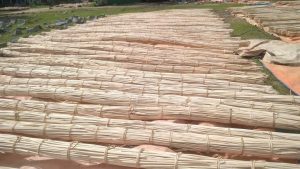
Aerial Stem Structure
The aerial stem is the part above ground. In young plants, leaf sheaths cover this stem. They are tube-shaped and green. Their surfaces have many flat, yellow thorns. As leaf sheaths age, they turn yellow or brown. They then fall off the stem’s base. This reveals a moss-green stem. This indicates the plant is mature. It is then ready for harvest.
The aerial stem can be very long. It often reaches 30-40 meters. A plant 3-4 meters tall stands upright. It resembles a small woody tree. When it exceeds 4 meters, it needs support. It then starts to climb higher. This climbing habit is typical for rattan.
Flowers, Fruits, and Seeds of Raw Rattan Cane
Like most rattan species, “song mật” is dioecious. Male and female flowers grow on separate plants. This requires cross-pollination.
Flowering and Fruiting Cycle
Flowering occurs in April and May. Fruits ripen later in the year. This happens between October and November. The ripening period lasts for one month. Typically, only 17-20 female flowers get fertilized. These then develop into fruits.
A mature plant yields abundant fruit. One mature plant can produce 20-30 kg of fruit. Fruit clusters are usually high up. Harvesters often need ladders to reach them. They might climb adjacent trees. Hooks or sickles are used to cut down whole clusters. One kilogram contains 500-600 fruits. Alternatively, it yields 1300 seeds. These are processed, cleaned of skin and pulp.
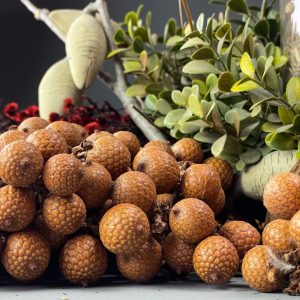
Harvesting and Sustainability of Raw Rattan Cane
Harvesting rattan requires careful techniques. Sustainable practices are crucial. They ensure the long-term supply of this valuable resource.
Traditional Harvesting Methods
Harvesters typically climb high. They use special tools to cut branches. This is a labor-intensive process. The stems are then pulled down. They are often cut into smaller lengths. This makes transportation easier. Traditional knowledge is vital. It helps ensure efficient and safe harvesting.
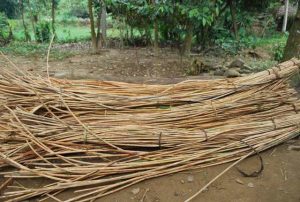
Importance of Sustainable Practices
Rattan grows quickly. This makes it a sustainable resource. However, over-harvesting can occur. Sustainable forestry practices are essential. These include selective harvesting. They also involve replanting initiatives. Protecting natural habitats is key. Sustainable practices ensure future supply. They also support local communities. This helps maintain biodiversity. Raw rattan cane is a valuable gift from nature.
Quality and Supply
Dien Bien Agri is a top producer and supplier of rattan cane in Vietnam. Our expert team ensures strict control. This covers selection, processing, and packaging. Consequently, our products are consistently high-quality. We also offer abundant supply and low costs.
Read more: 5 things to know about Rattan Cane of Dien Bien Agri
Contact us for more information:
Tel/WhatsApp: +84.973.447.926.
Email: [email protected]
Add: Thanh Minh Commune, Dien Bien City, Vietnam
Factory: Bai Dai Village, Tien Xuan Commune, Thach That District, Ha Noi City, Vietnam
Related products
DIEN BIEN FOREST PRODUCTS
DIEN BIEN FOREST PRODUCTS
DIEN BIEN FOREST PRODUCTS
DIEN BIEN FOREST PRODUCTS
DIEN BIEN FOREST PRODUCTS
DIEN BIEN FOREST PRODUCTS
DIEN BIEN FOREST PRODUCTS
DIEN BIEN FOREST PRODUCTS
